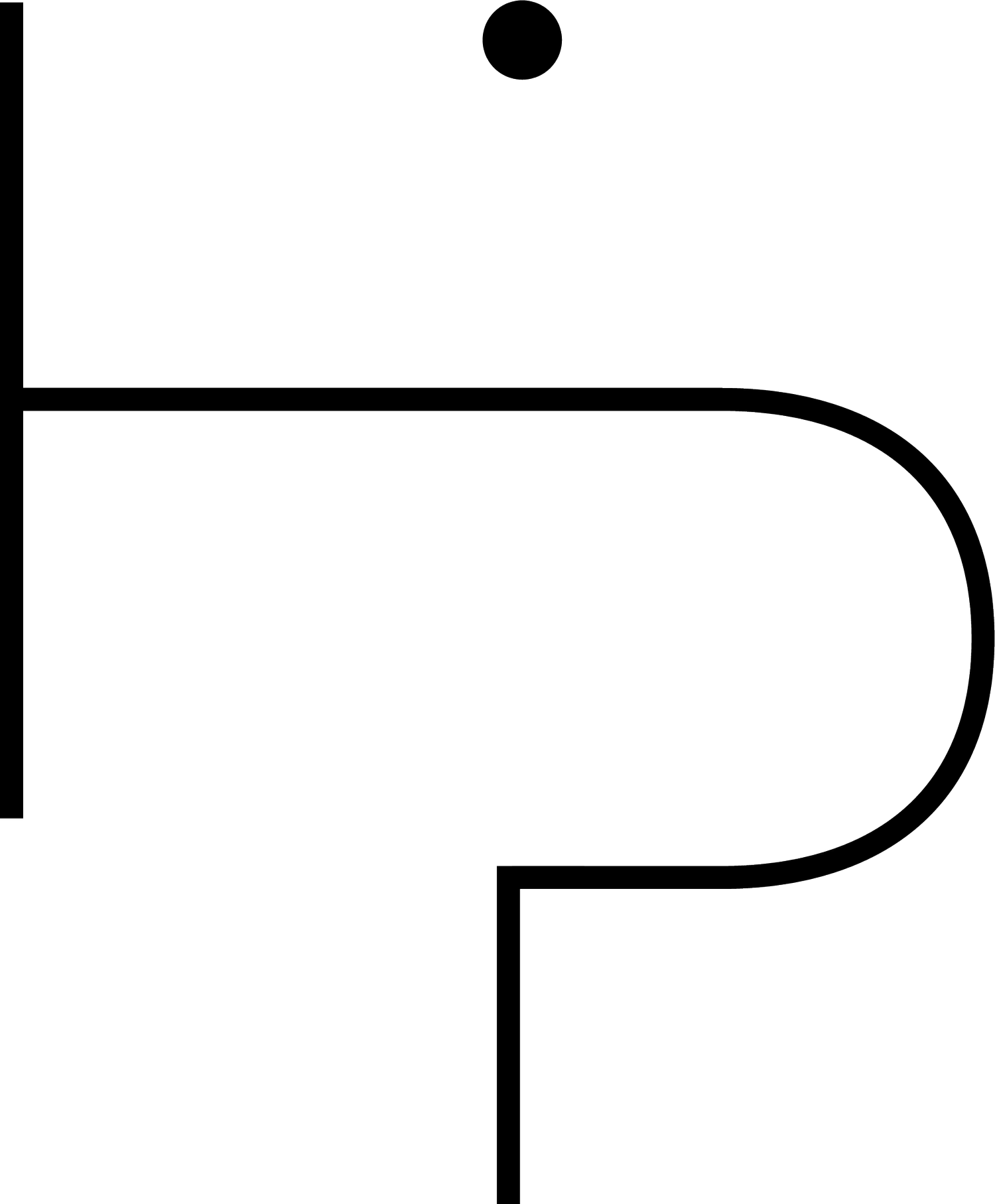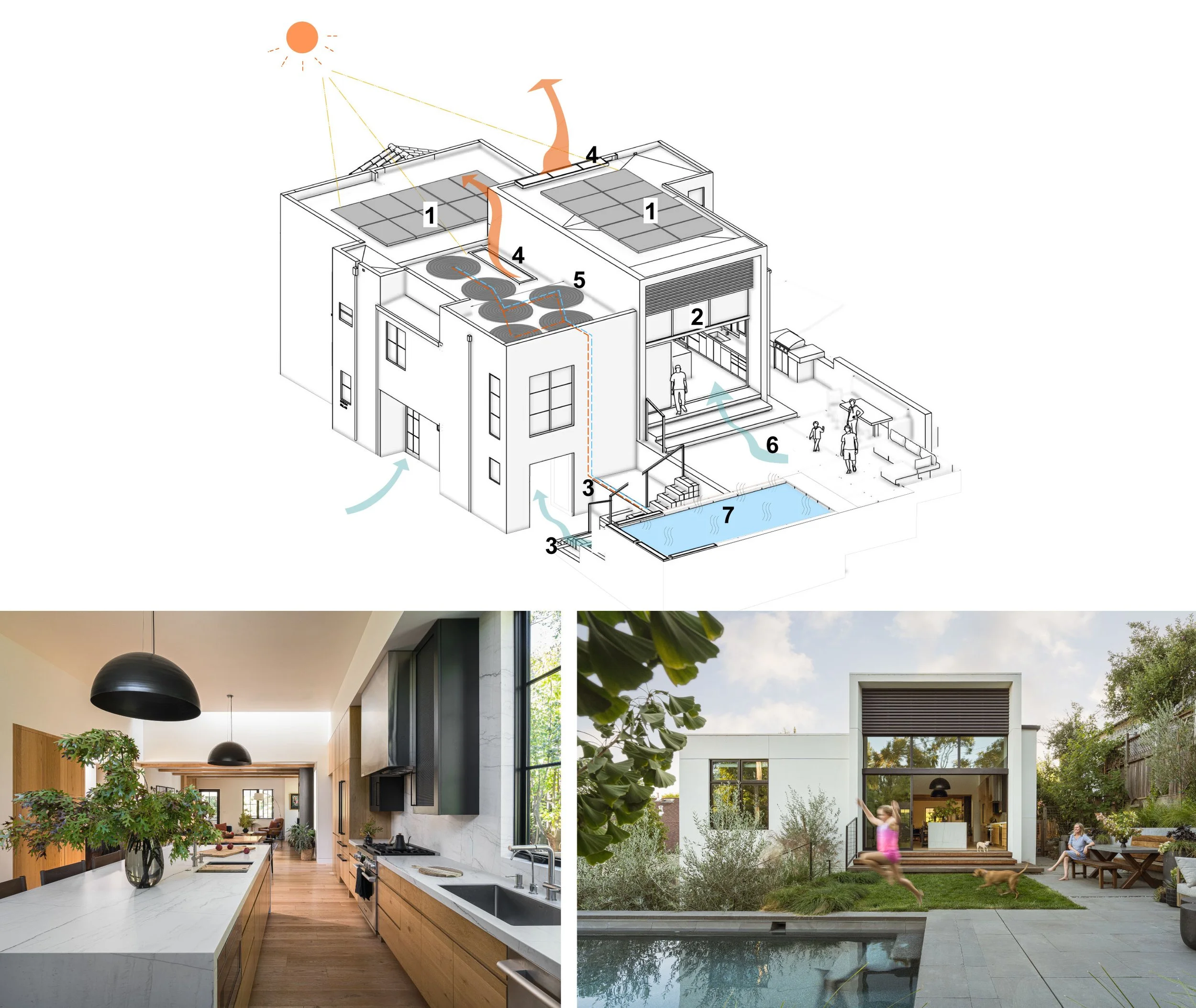
SUSTAINABLE ARCHITECTURE
Sustainable design is a critical approach to architecture and construction that minimizes environmental impact, enhances well-being, and pays dividends. Holder Parlette has been designing sustainable buildings for decades, and their experience with sustainable materials, technology, and site specification allows them to elegantly blend sustainability into the overall ethos of every Holder Parlette project.
In this article, they discuss what designing a sustainable home means for the owners, the planet, and how it’s used in their day-to-day life.
Is Sustainable Architecture Worth the Investment?
Cost is the most common question and topic of conversation regarding sustainable design and building. Does building green mean a larger budget? Kenneth Holder addresses this with "The elephant in the room is cost, but the ROI experienced due to sustainable design extends far beyond initial construction." While sustainable design, materials, methods, and technology may have a higher upfront cost, the long-term savings on operational expenses can lead to a compelling return over the building's lifespan, value, and on the positive effects in day-to-day life.
The quality-of-life dividends experienced with a green home are rarely discussed. Kenneth Holder explains, “These include enhanced comfort, improved air quality, and the immeasurable value of contributing positively to environmental stewardship.” This highlights savings found in less obvious places, such as optimizing passive design strategies to reduce the need for additional mechanical systems and using locally sourced materials that reduce transportation costs.
Sonoma Ridge House - View ProjectPV Panel
Operable Skylight
Waterbody
Shade Structure
Deep Overhang
Insulated Underground Utility
Solar-heated spa
Infinity Edge Pool
Sustainable Building Materials
While operational energy (the energy used to run a building) has long been a focus, the spotlight is now shifting to embodied carbon—the greenhouse gas emissions associated with the extraction, manufacturing, transportation, installation, and disposal of building materials. Chris Parlette reveals, "The industry is increasingly focused on embodied carbon, and certain materials offer immense potential for decarbonization."
They point to innovations in timber construction, particularly mass timber products like CLT (Cross-Laminated Timber), which sequester carbon rather than emitting it. "We are seeing a real-world pivot back to ancient, low-tech materials like timber, earth, or straw bale," they note, suggesting that sometimes the oldest solutions are the greenest. However, they also keep an eye on high-tech advancements, believing the future will be a blend of both.
Designing for longevity is also crucial. "How do you design for a 100-year building life?" Kenneth Holder poses. Their answer lies in creating structures that are inherently resilient, durable, and adaptable. This means selecting robust materials, designing for easy repair and maintenance, and ensuring spaces can evolve to meet future climate challenges and changing occupant needs, preventing premature demolition and reconstruction.
San Anselmo Residence - View ProjectLarge 15 kW solar photovoltaic panel system
‘Fire safe’ densglass board behind all wood siding
‘Fire safe’ planting and gravel at all edges of building.
Natural ventilation through operable skylight
Solar-heated pipe for pool water
Pervious Patio
Pool
Green Building Nurtures People
Sustainable architecture is as much about people as it is about the environment. "Our philosophy on the human experience in a sustainable home is central to every design," says Chris Parlette. They elaborate on how elements like abundant natural light, thoughtful material textures, and biophilia (the innate human connection to nature) directly translate into measurable improvements in occupant health, mood, and quality of life.
“One memorable example involves a family we designed a major renovation for. Their living experience was transformed by increased natural light and blending outdoor spaces with the indoors. Staycations became common, and when traveling, they would often say how much they missed home," Kenneth Holder recounts. This underscores that biophilic design is much more than decorative.
Honoring client aesthetics while designing for sustainability can be a challenge. "When a client's aesthetic, or functional vision conflicts with key sustainable principles, it becomes a dialogue," Chris Parlette explains. “We balance long-term benefits with design goals to develop solutions that satisfy both design ambition and ecological integrity of the home.”
Sustainable Design Award Winner - Community Hall, Emeryville, CARoof Mount Solar PV Panels: Total area of Photovoltaic Panels; 58,000 s.f.
Bird-Friendly Wind Turbine
Atrium Air Flow
Thermal mass wall below for heat retention in the winter months
‘GREEN’ Sound Wall To dampen train noise
Breezeway
Solar Thermal Panels: On the Apartment roofs to provide domestic hot water
Bike Lane and green spaces
The Future of Green Building
Looking ahead, what are the biggest hurdles and breakthroughs shaping sustainable design? Chris Parlette believes that while technical solutions are rapidly advancing, "the single biggest non-technical hurdle is often a lack of client demand or education." Overcoming misconceptions about cost and complexity is critical in expanding sustainable practice into design for luxury and non-luxury homes and low-cost housing.
Innovation and technology are expanding and leading to a bright future. Chris Parlette feels that technologies currently considered cutting-edge will become standard within five years. "Advanced energy modeling, integrated smart sensors for climate control, and localized battery storage systems will be commonplace in every new build." The aim is not just to reduce a building's footprint but to empower it to actively contribute to a more resilient, energy-independent grid.
Modern Four-unit Townhouse - San Carlos, CA - View ProjectLarge 15 kw solar photovoltaic panel system
Operable skylight for natural ventilation
Deep Overhang
Fire-safe Building
Fire-safe design is directly related to sustainability. It protects lives and property, lowers insurance costs, and increases property value. With so much to cover regarding materials and methods, a few paragraphs aren’t enough to cover it. Look for a dedicated article on fire-safe design soon.
Conclusion
Sustainable architecture is a dynamic and evolving field, driven by passionate experts like Holder Parlette who are reshaping our environment for the better. It's a holistic approach that demands innovation, thoughtful material choices, and a deep understanding of how buildings interact with both the planet and its inhabitants.
As we move forward, the lessons from Holder Parlette are clear: building green isn't just an option—it's an imperative, offering a future where our structures are as healthy and resilient as the ecosystems they inhabit.





